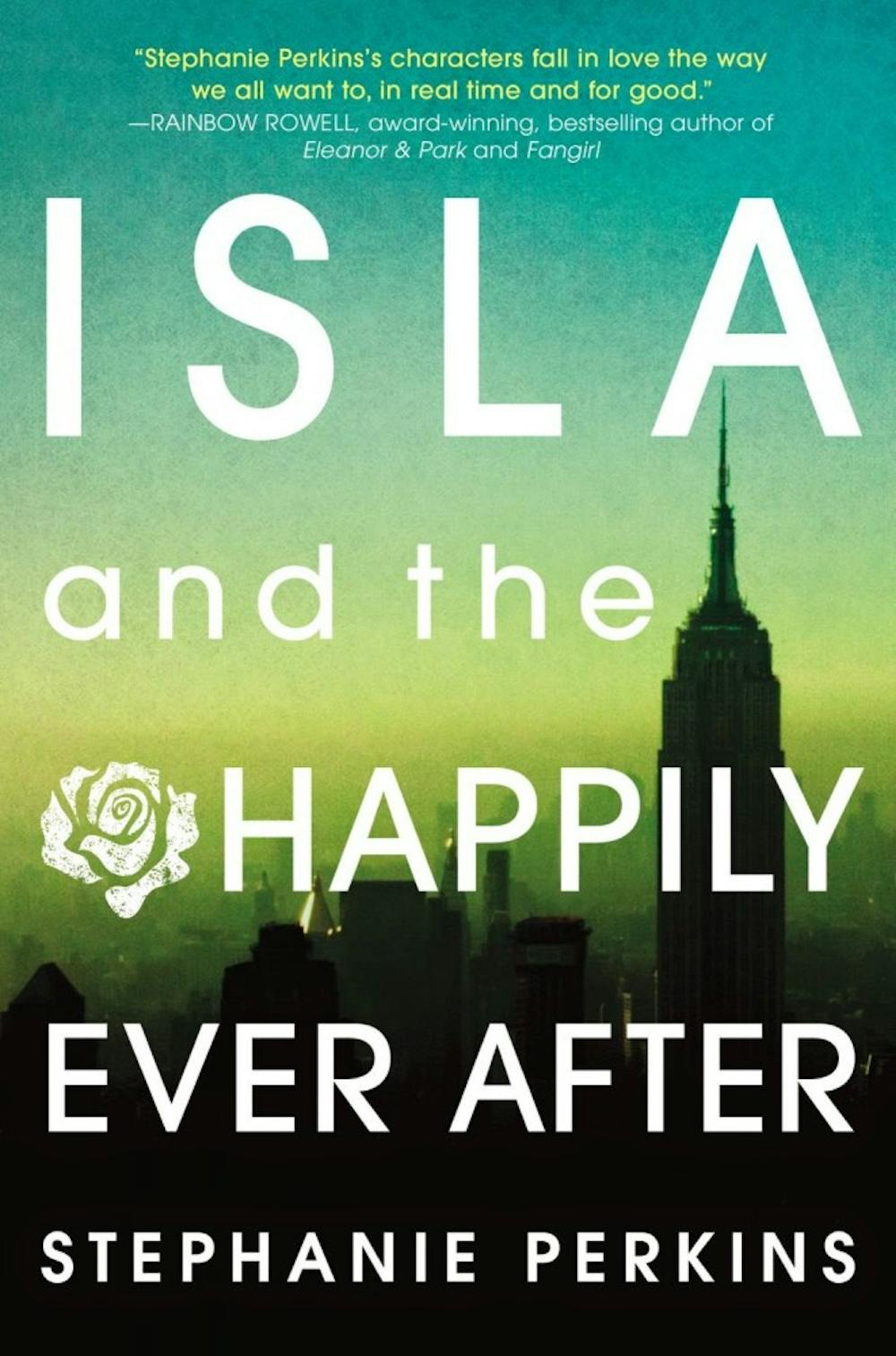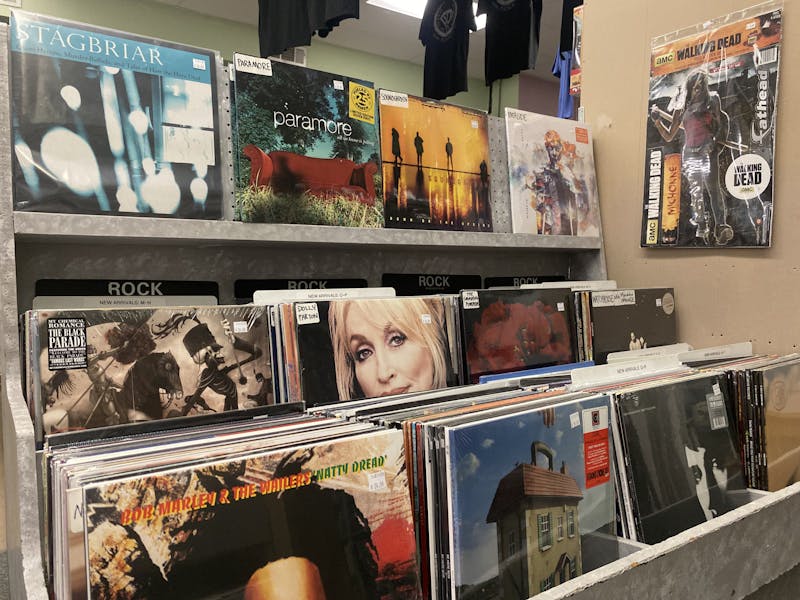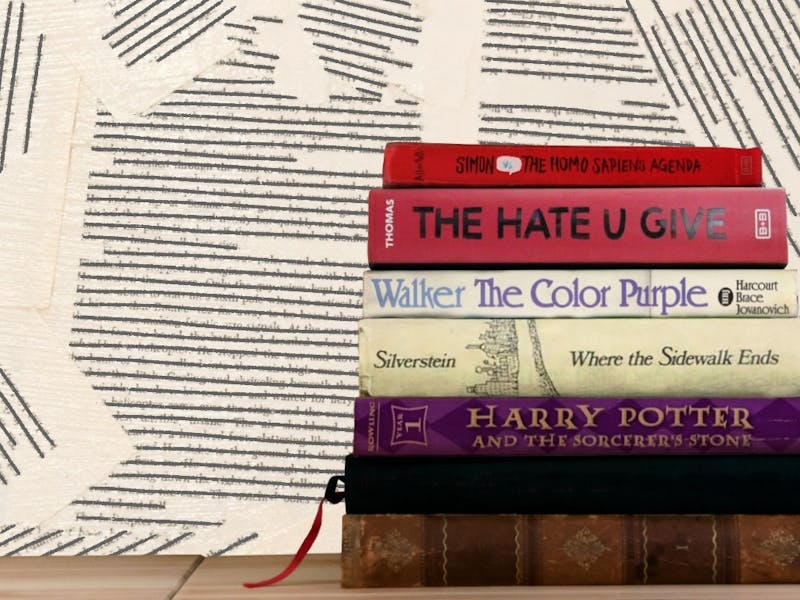In the opening scene of Stephanie Perkins’ latest novel, Isla and the Happily Ever After, the protagonist, Isla (pronounced like “island”), has just gotten her wisdom teeth out, and is high on painkillers. She’s sitting at a café near her home in New York City, and she sees her crush, Josh, where they’re both staying for the summer. Isla and Josh both attend S.O.A.P. (School of America in Paris), a setting that Perkins’ readers have long been familiar with, as it was the same school that protagonist Anna attended in her first novel, Anna and the French Kiss.
Because Isla is so loopy and so in love with Josh, she can’t help but speak to him. The entire scene is hilarious and electric, and Isla is immediately relatable and familiar. Isla is different than Perkins’ previous novels, Anna and the French Kiss and Lola and the Boy Next Door in that the two main characters and love interests, Isla and Josh, meet each other at the beginning of the book, and there is very soon afterwards a relationship. The conflict in the novel comes not from interfering boyfriends and girlfriends, but from Isla and Josh’s ability to stay in a relationship that takes a bit of work.
One of my favorite things about Stephanie Perkins is her ability to write a diverse cast of characters, with diverse problems and defining quirks. In Anna, the girl was taller than the boy, which is rare. Additionally, Anna was the product of a divorce, and her love interest, Étienne, has an abusive father. In Lola, Lola has two dads, and their relationship is represented in the best way possible – it isn’t ignored, but it isn’t a big deal. Lola also deals with her birth mother, who she is ashamed of, and she has a unique sense of style, which other kids make fun of her for.
The diversity in Isla comes from Isla’s best friend, Kurt. Their relationship is unique (to YA literature) in two ways: Kurt is strictly Isla’s friend (it’s rare to read a novel in which a boy and a girl are best friends and don’t end up together at the end), and Kurt is autistic. Much in the same way that Perkins handles Lola’s gay dads, she doesn’t make Kurt’s autism a big deal, but it does have some bearing on the story. Additionally, Josh is the only Jewish person at S.O.A.P., and they discuss religion a mature and compelling couple of conversations.
Isla has a very earnest romance as well. Isla and Josh’s relationship is so real – they have dumb fights, and neither of them even knows why they’re fighting, but they just can’t seem to stop themselves. Compared to other novels by Perkins, this book has a more mature feel. There is more cursing, more sex, and Isla and Josh seem more mature than Anna and Étienne, Lola and Cricket.
I absolutely could not put Isla down, I read it in one sitting. It’s touching, and Isla and Josh’s relationship is very real, and very messy. It’s not necessary to read Perkins’ first two novels before Isla, but it will definitely enhance the experience.



